Healthcare facilities can lower operating costs and still provide the same level of patient care.
4 Ways Healthcare Facilities Can Reduce Overhead Costs
One of the best ways to lower operating costs is to reduce electricity consumption in your healthcare facilities. There are several ways your facility can go about this. These 4 energy reducing options can be done individually or as a whole.
1. Convert to LED Lighting
Lighting makes up around 16% of energy costs and retrofitting to LED lamps can be expensive. If replacing the entire lighting system isn’t in the budget, you have less-costly options.
- Retrofit all light fixtures and lamps. It is the most expensive option, but it is also the most effective option for energy reduction. Savings are immediately noticed on the next utility bill.
- Only retrofit the light bulbs. Fluorescent tubes consume an incredible amount of energy and retrofitting them with LED tubes is a cost-effective way to reduce electricity consumption in healthcare.
- Retrofit commonly used areas. Healthcare facilities have areas where the lights are always on. For example, hallways, lobbies, waiting rooms, and parking garages. Replacing only these lamps with LEDs will result in a reduction in energy usage.
2. Install Lighting Controls
Energy reduction in healthcare starts with retrofitting existing light fixtures, but you can further lower energy costs with lighting controls.
You don’t need to install the latest or most technically advanced controls, dimmer switches are inexpensive and effective. Patient rooms are ideal places for dimmer switches. They have control over the lighting and how bright it is in their room.
Sensors in rooms that aren’t in use all of the time are another way to reduce electricity usage. The lights only turn on when the room is occupied.
Lighting controls can be as simple as a dimmer switch or as complicated as a facility wide lighting control system. We have an article series on Lighting Control Systems, that covers everything from an introduction that walks you through common lighting controls, to commercial lighting control strategies for facility-wide savings.
3. Upgrade Other Systems
Your lighting fixtures aren’t the only thing contributing to high energy usage. Healthcare facilities can further reduce energy costs by updating other systems. A major one to consider is the building’s HVAC system.
It’s estimated that up to 30% of energy usage is from the HVAC system. In a healthcare facility, ventilation and air quality are crucial for patients’ and staffs’ well-being. The U.S. Department of Energy recommends updating HVAC systems, even if it is only a few components.
4. Foster Sustainability
Following the above recommendations can earn the healthcare facility a LEED (Leadership in Energy and Environmental Design) certificate. The certification is more than a piece of paper. It indicates the building is choosing green options, something patients and employees will feel good about.
Measuring Energy Reduction Results
Energy reduction in healthcare can start with a simple step. Installing dimmers and sensors is a cost-effective way to limit energy usage, especially in unoccupied rooms. Another option is to replace fluorescent lamps in areas where the lights are always on.
The most expensive and best way to reduce energy usage is to retrofit the facility’s lighting system. It is the most expensive option, but it also results in the biggest savings. To discuss your healthcare facilities option for reducing energy usage, call 610-558-9773, or email [email protected].

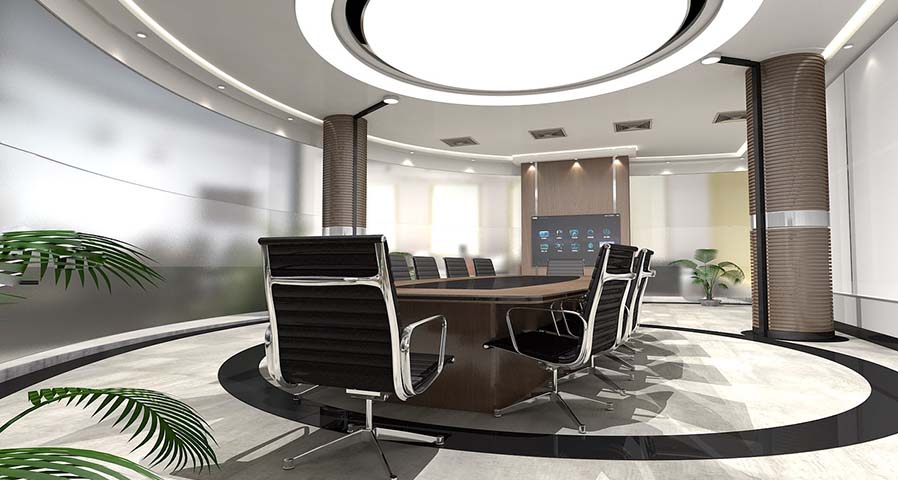
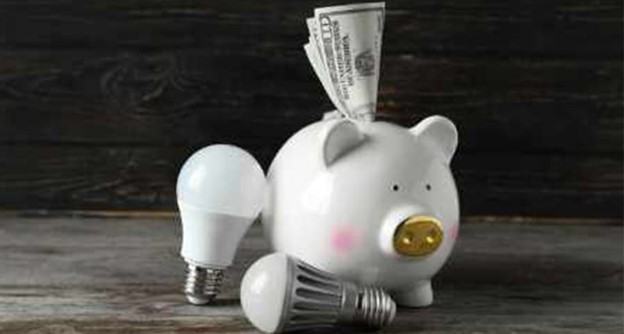
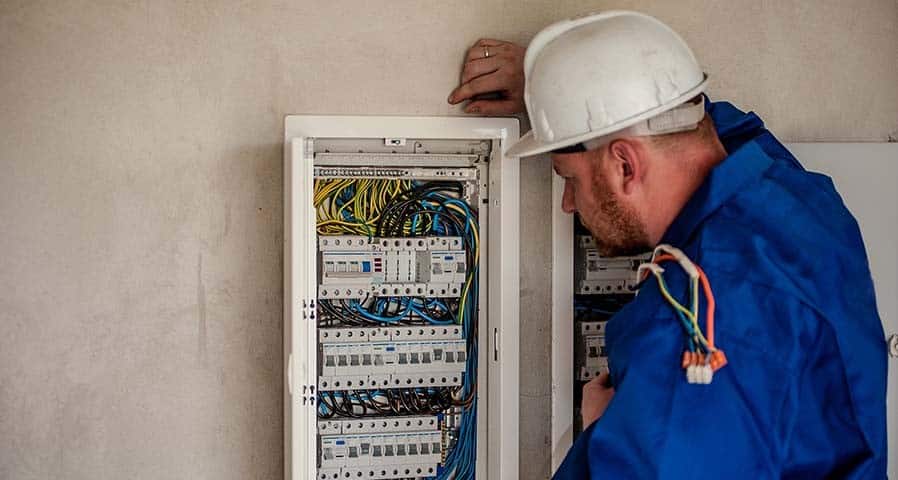
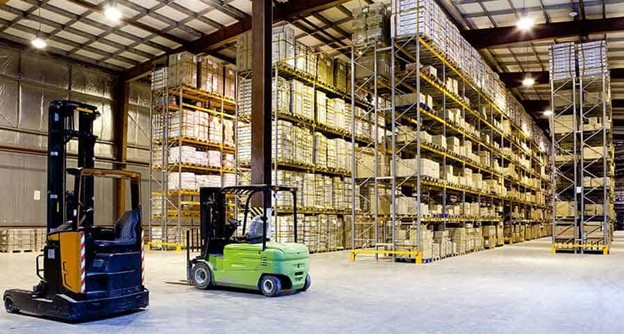
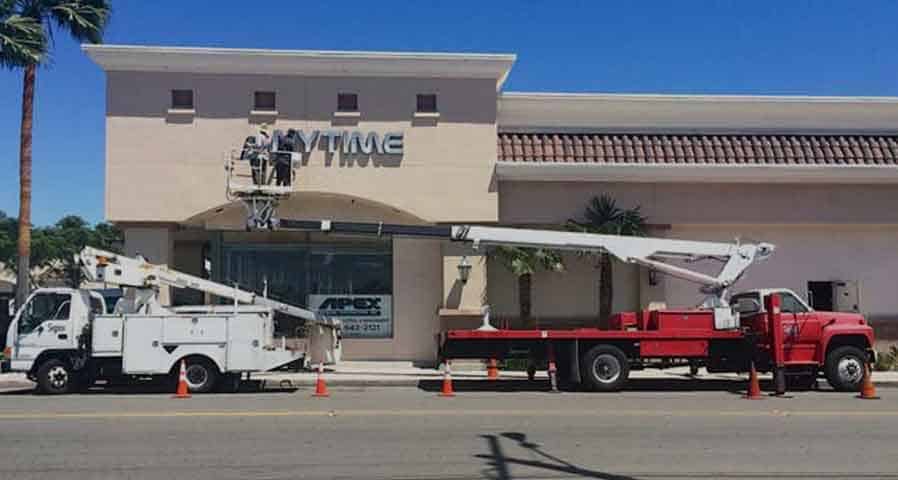

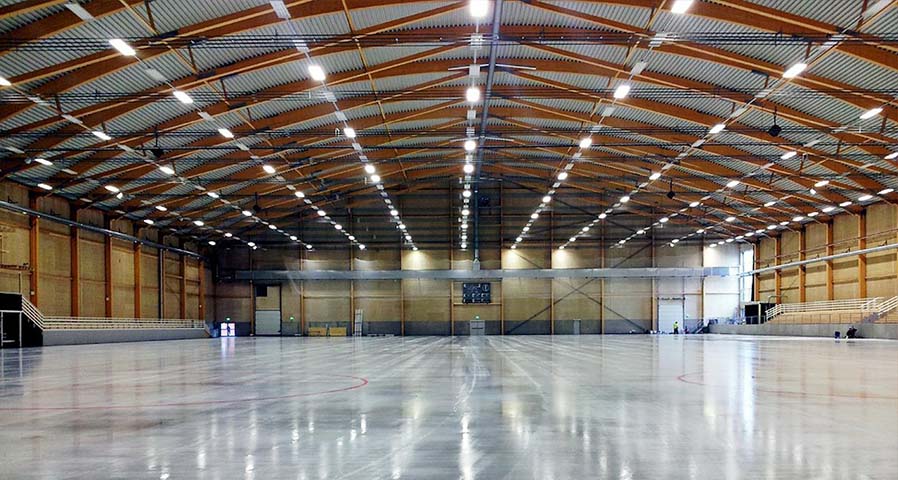
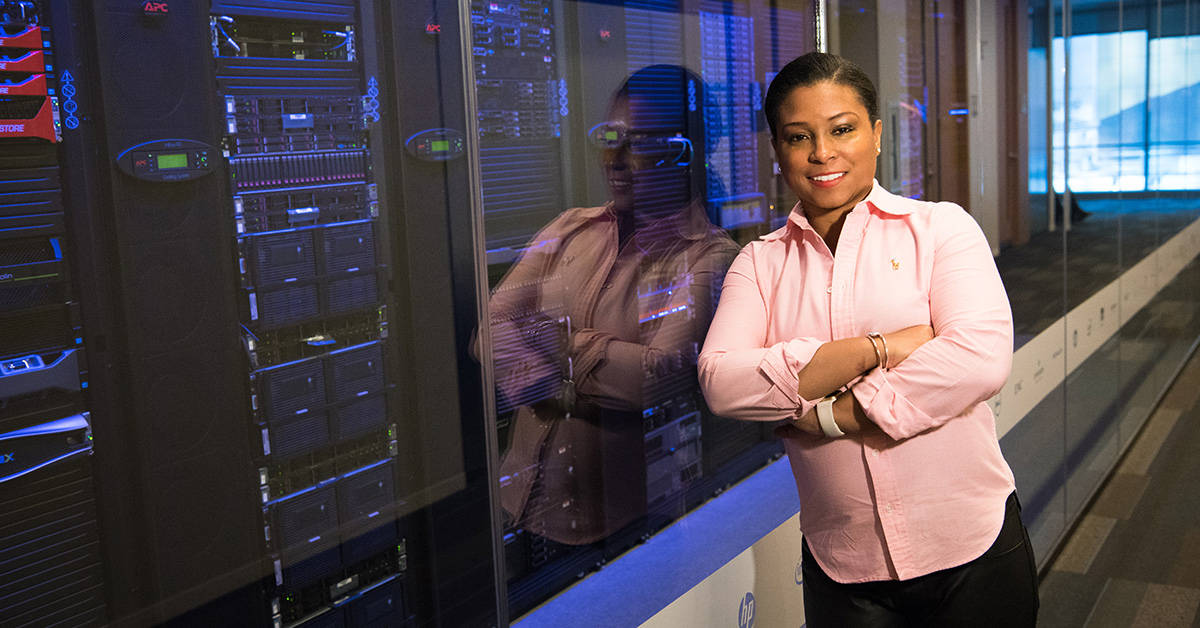







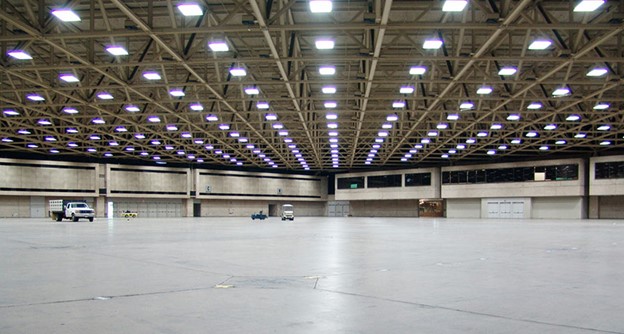
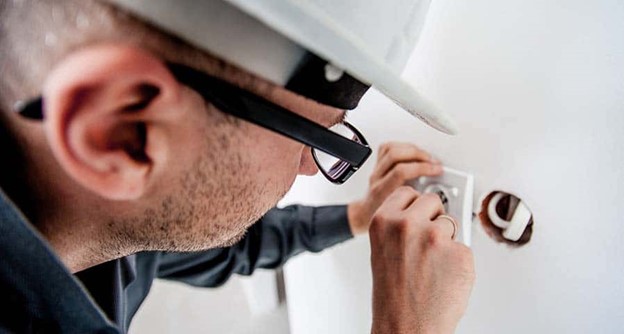
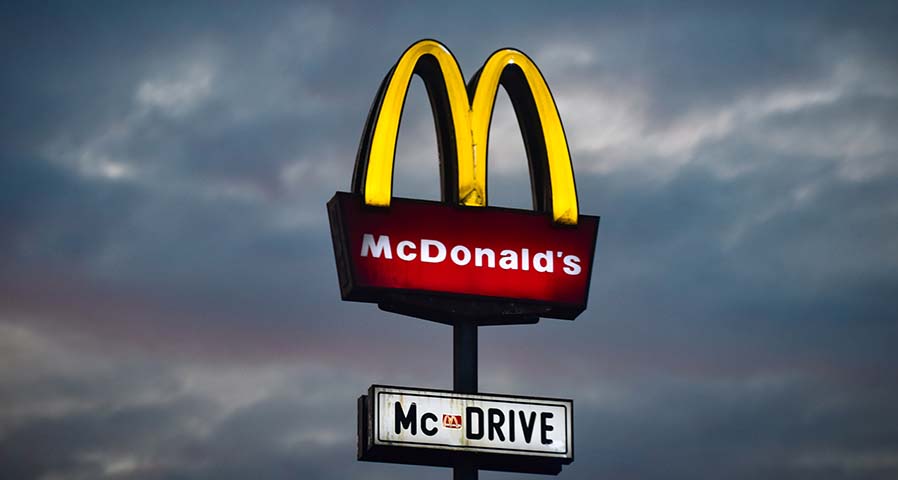
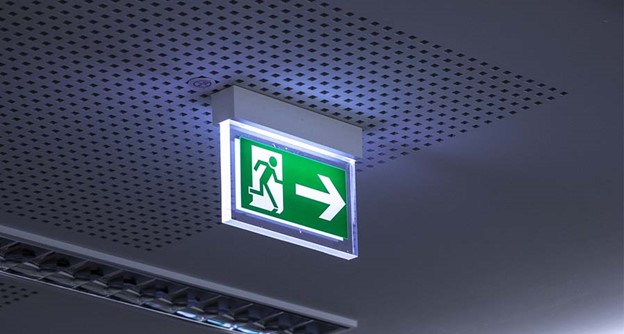
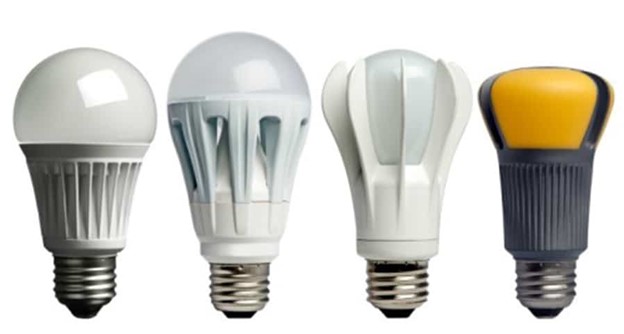
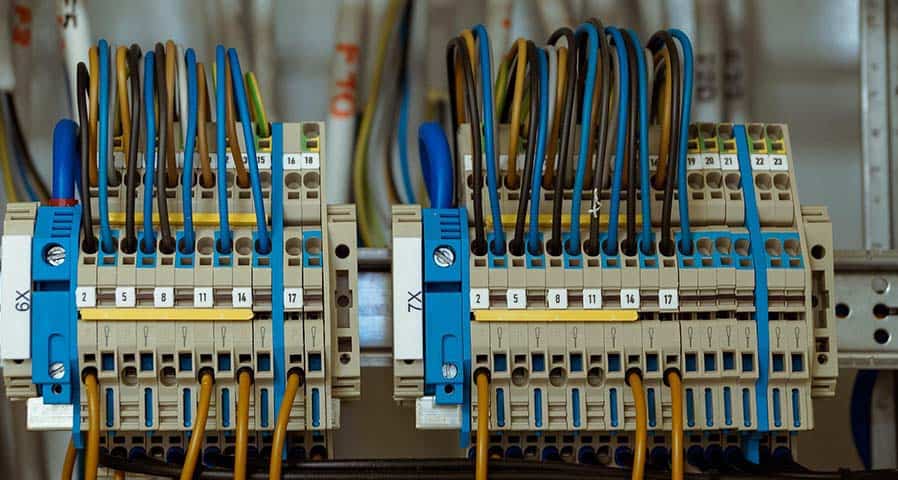
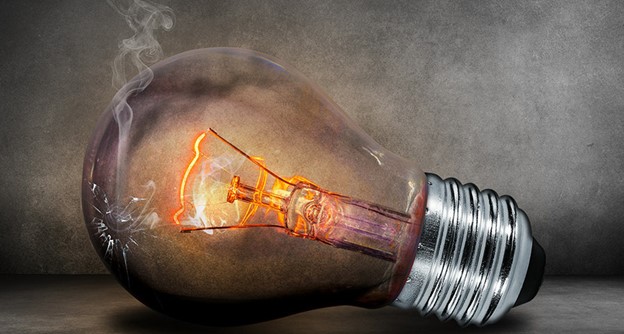


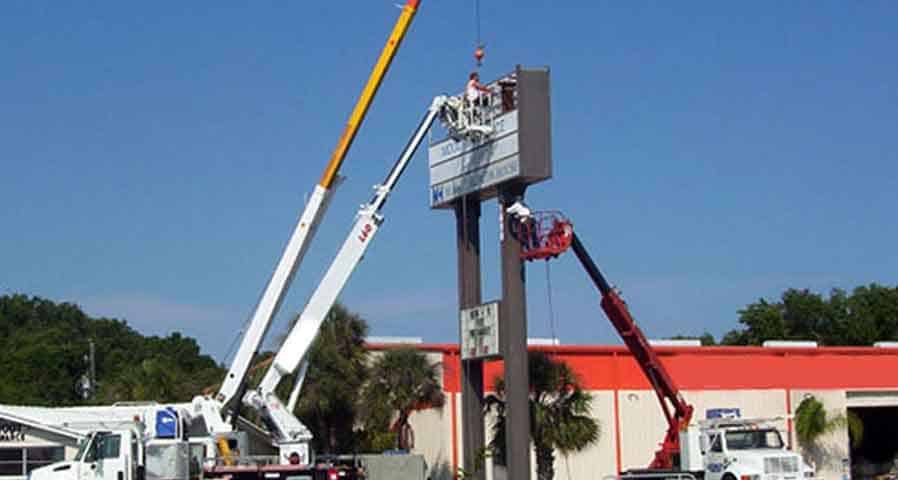

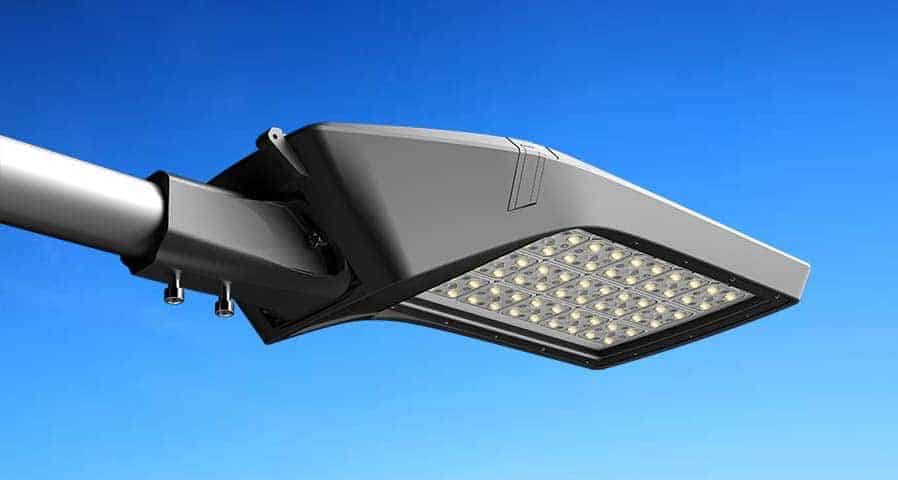
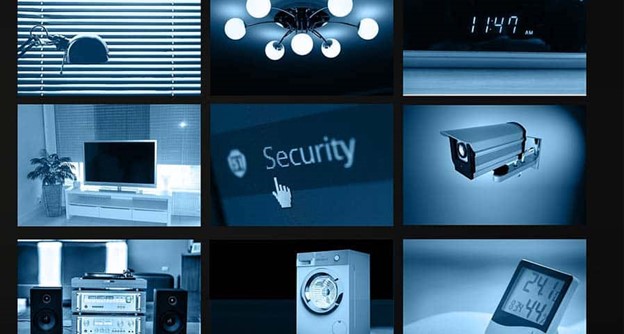

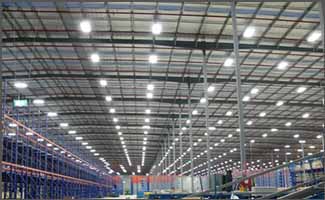








0 Comments